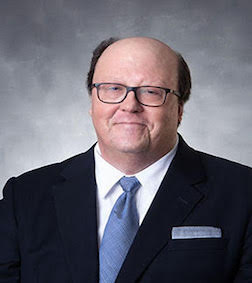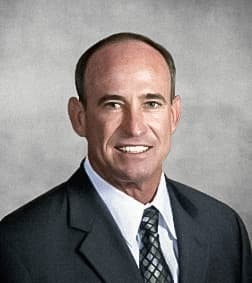Sexual Performance by a Child in Florida
In Florida, anyone who uses a child in the production of a sexual performance can be charged with a second degree felony, which is punishable by up to 15 years in prison, a $10,000 fine, and registration as a sex offender. However, before a person can be convicted of violating Fla. Stat. 827.071, prosecutors must demonstrate that:- He or she was aware of the character and content of the performance
- The minor in question was under the age of 18 years old at the time of production
- The material satisfies the statutory definition of a sexual performance
- Employed, authorized, or induced a minor to engage in a sexual performance
- Produced, directed, or promoted a performance that included sexual conduct by a minor
- Was the parent or guardian of a child and consented to the minor’s participation in a sexual performance
Defining a Sexual Performance
Determining whether material falls under the definition of a sexual performance is crucial to this type of prosecution. According to Florida law, a sexual performance is any performance that includes sexual conduct by a child. A performance is further described as a play, film, photo, dance, or other visual representation that is exhibited before an audience. However, Florida courts have previously held that prosecutors are not required to prove that a performance was actually exhibited to third parties in order to obtain a conviction under this statute, as an audience can consist of a single person and that individual can be the defendant. In this case, filming the underage victim, who was engaged in sexual conduct, was enough to justify conviction.Courts have also stated that to be convicted under this statute, a person must have used a minor, under the age of 18 years old in the performance. While this does not mean that the minor him or her herself must have been the individual initiating sexual contact, it does mean that a child must have been involved or portrayed engaging in sexual conduct. For instance, one Florida court held that placing the images of real children on the bodies of adults who are involved in sexual conduct does not qualify as promoting the sexual performance by a child, as no children were actually engaged in the conduct. The court did acknowledge, however, that if the bodies had been those of minors, the images would have qualified under the statute.
Possession with the Intent to Promote
In addition to being against the law to use a minor in a sexual performance, it is also unlawful to possess any photo, film, or representation that includes sexual conduct by a child. In fact, the mere possession of three or more copies of the same material can be presented by prosecutors as prima facie evidence that the defendant intended to promote the sexual performance by a child. This offense is also charged as a second degree felony.Even viewing, controlling, or possessing child pornography is unlawful. Further, every image possessed or viewed is considered a separate offense, as is the representation of each separate child. To prove that a defendant viewed an image, prosecutors must establish that he or she deliberately and voluntarily viewed the material, which requires evidence that the individual looked at more than one image over a period of time. However, if a prosecutor can demonstrate that a defendant viewed multiple images, he or she could be charged for each viewing. Possession of child pornography is a third degree felony, so this means that if a person was found in possession of 100 images, he or she could face 100 third degree felony counts.Prohibited Defenses
Promoting the sexual performance by a child is a strict liability offense, which means that defendants who have been accused of promoting or producing child pornography are prohibited from raising certain defenses, including that:- They did not know that the victim was a minor
- The minor lied about his or her age
- The child or his or her parents consented to the performance
- They had a bona fide belief that the victim was at least 18 years old

























